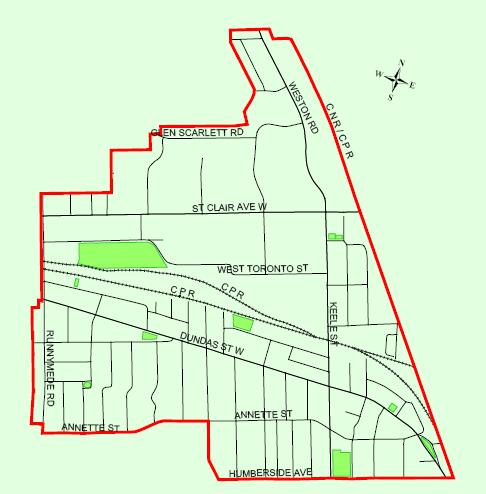
Greetings Everyone,
Welcome to my sixth installment of my ‘Business Life Story’ Article series.
You can read my previous installments here:
Business Life Story Part One
Business Life Story Part Two
Business Life Story Part Three
Business Life Story Part Four
Business Life Story Part Five
In this article, I am going to outline the time line of my property purchases, as well as some general thoughts on real estate and rental properties.
As you may already know, my first property purchase was a freehold townhouse in my hometown of Oakville, Ontario. You can read about some of the details on my About the Author page.
This first rental property purchase was made in May 2005, and I ended up taking possession of the house in February 2006. This purchase has probably been the single smartest financial decision I have made thus far, as everything has worked out perfectly with this property —Knock on wood! (*knock*knock*)
The property has experienced very good appreciation over the past 5 years. The property is located in a very nice neighbourhood of Oakville with high income earners. There are new schools and a new hospital is being constructed very close by. I have been fortunate in that, I have always had quality tenants in this property.
When I first started blogging, I wasn’t sure how much of my personal information I wanted to share. As time went on, I realized that the more honest I am, the more people will want to read about what I have to write.
So here goes…
This first rental property was purchased in May 2005 as I mentioned above for $250,990. A few months ago (this article is being written in April 2010), a neighbour to this property (who owns a comparable property) sold for $365,000.
The next property purchase occurred in October 2008. With this property purchase, I was very much trying to re-create the same type of purchase as the first rental property, in that I was hoping to buy in an area that would see some solid appreciation over the long run.
My first rental property purchase was an emotional purchase, in that, I purchased the property with the belief that there would be good long term appreciation of the property.
Rental property number two was purchased with the same intent. It was definitely an emotional purchase again. Fortunately, I have made two very smart decisions on the first two properties, because I bought in areas with promise. These two areas that I bought in are also areas that people want to move to.
This second property that I purchased again was pre-construction (bought off of the plans of the Builder). This property is a condominium in the heart of the Toronto neighbourhood, The Junction. The Juntion is an up and coming neighbourhood that is receiving a lot of ‘buzz’.

The Junction has been talked about in many newspaper articles, including The New York Times.
This property is a one bedroom plus den condominium that was purchased for $223,245. This price includes a locker and a parking spot. The property is scheduled to close in September of 2010. The square footage of the condominium is 665 square feet. My long term plan for this property is to eventually have it as a rental property. I want to hold onto this property long term because I know that it is going to experience very good appreciation.
I am very confident that the price that I bought it for was a very good one. As many of the comparable one bedroom plus den units in Toronto that I have been looking at are selling anywhere from $265,000 to $320,000. Therefore, I believe that once this property closes, there will be instant equity built in. I am anxiously waiting to see what units start selling for on the resale market, once this property closes.
What do you think of my investment strategy thus far on my first two properties? Please leave your comments below.
Also, please keep up to date with my blog. You can do this by entering in your e-mail address on the left hand side of the blog, or click on the orange RSS button at the top right hand corner of the blog.

